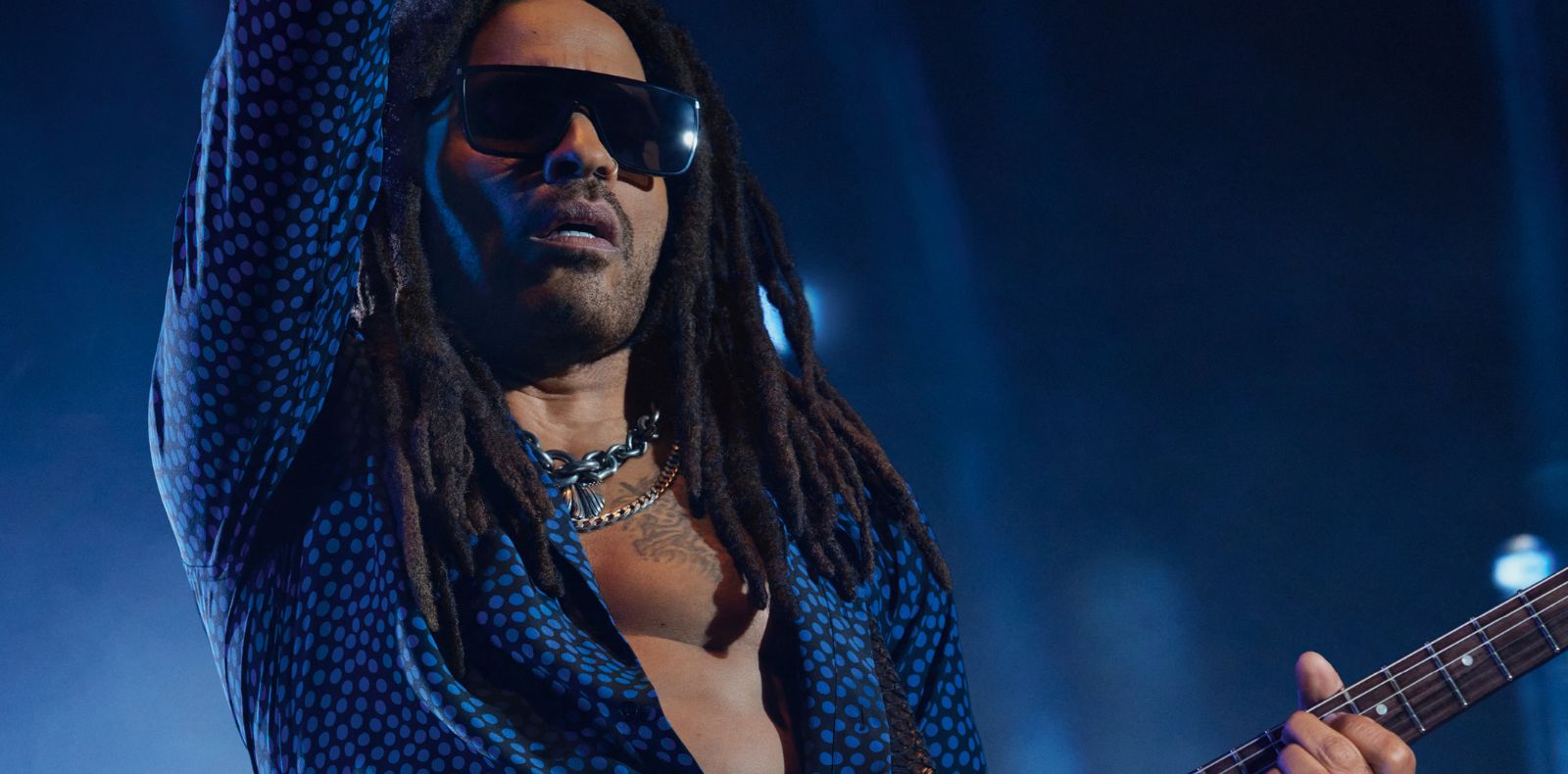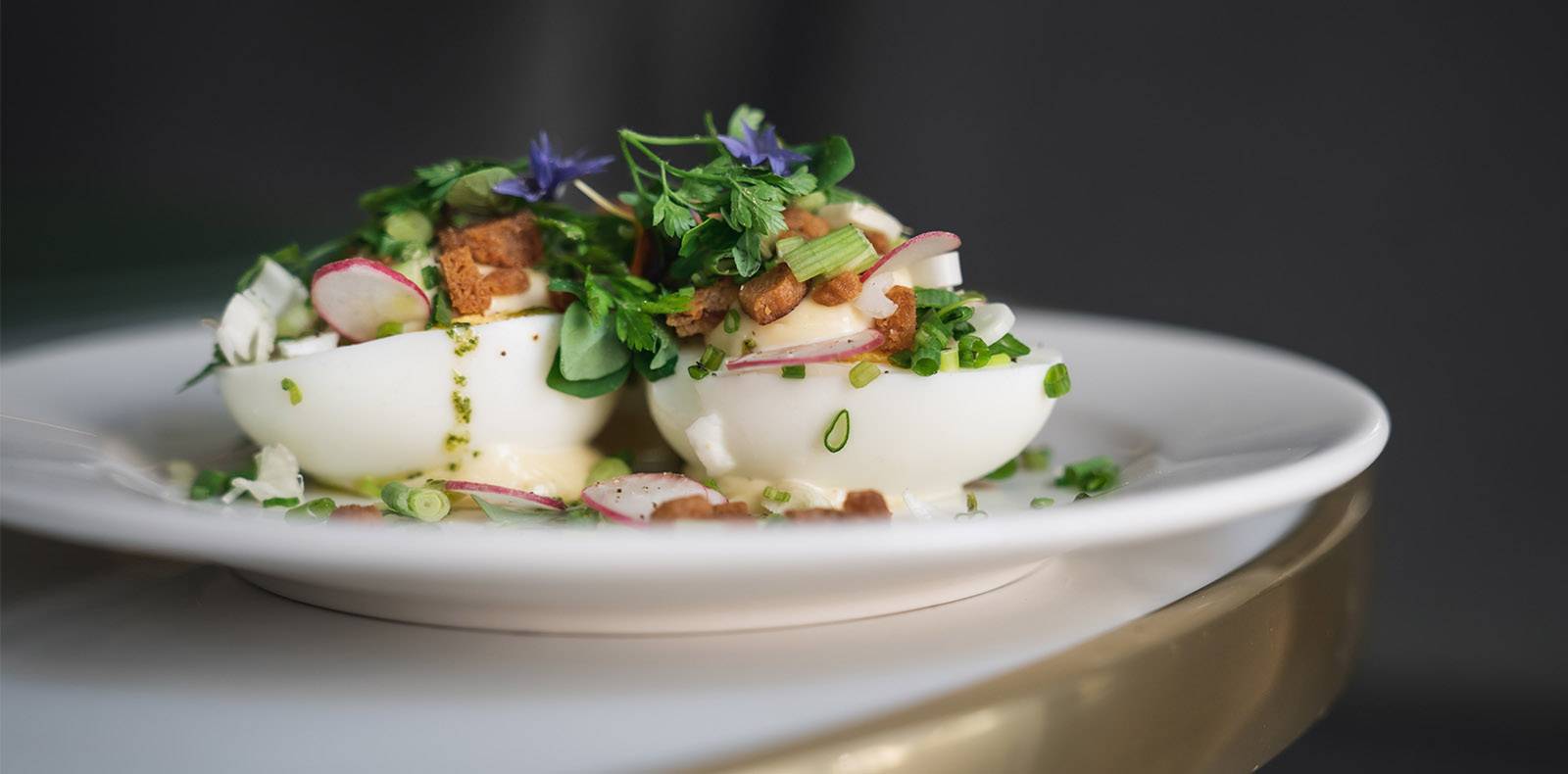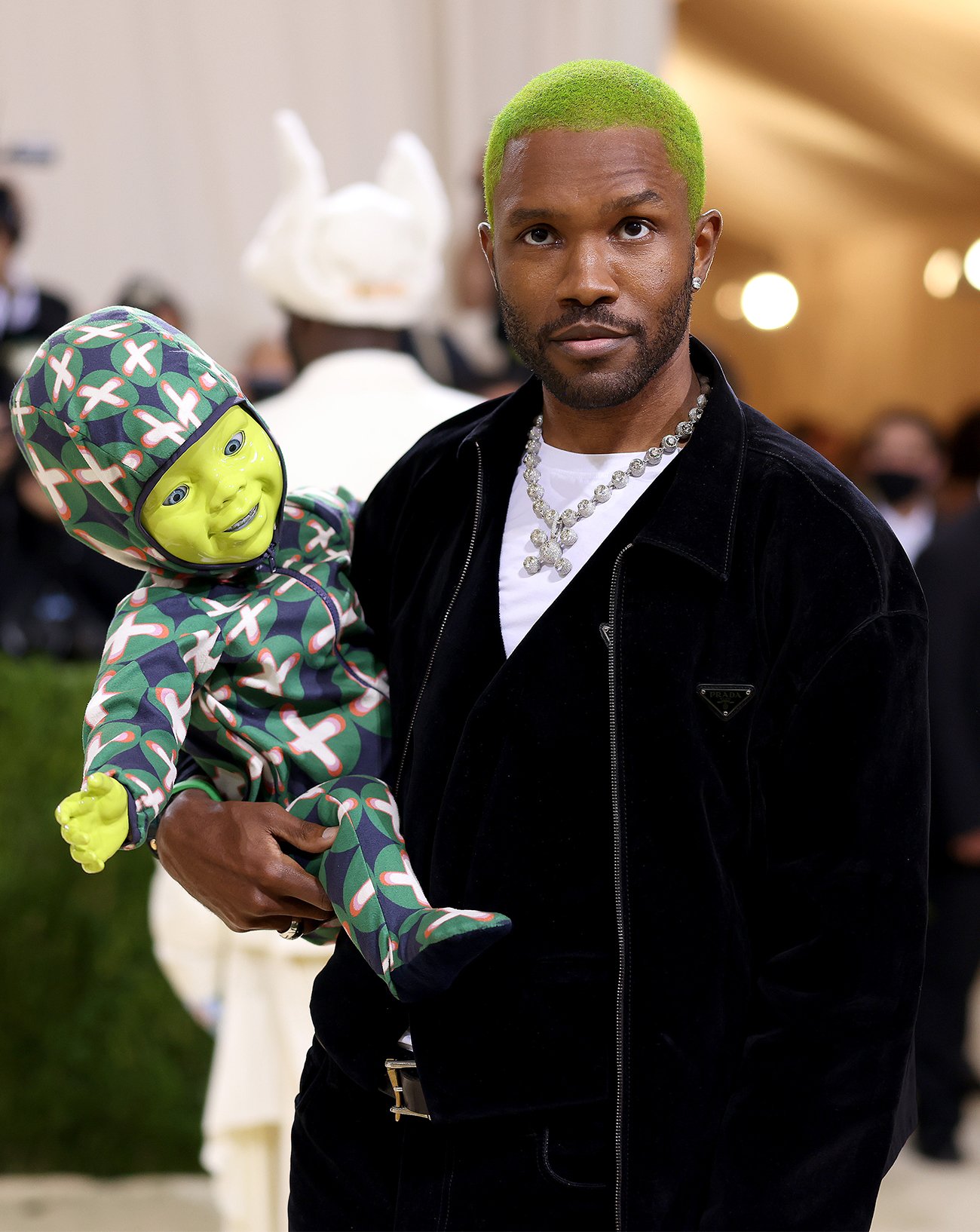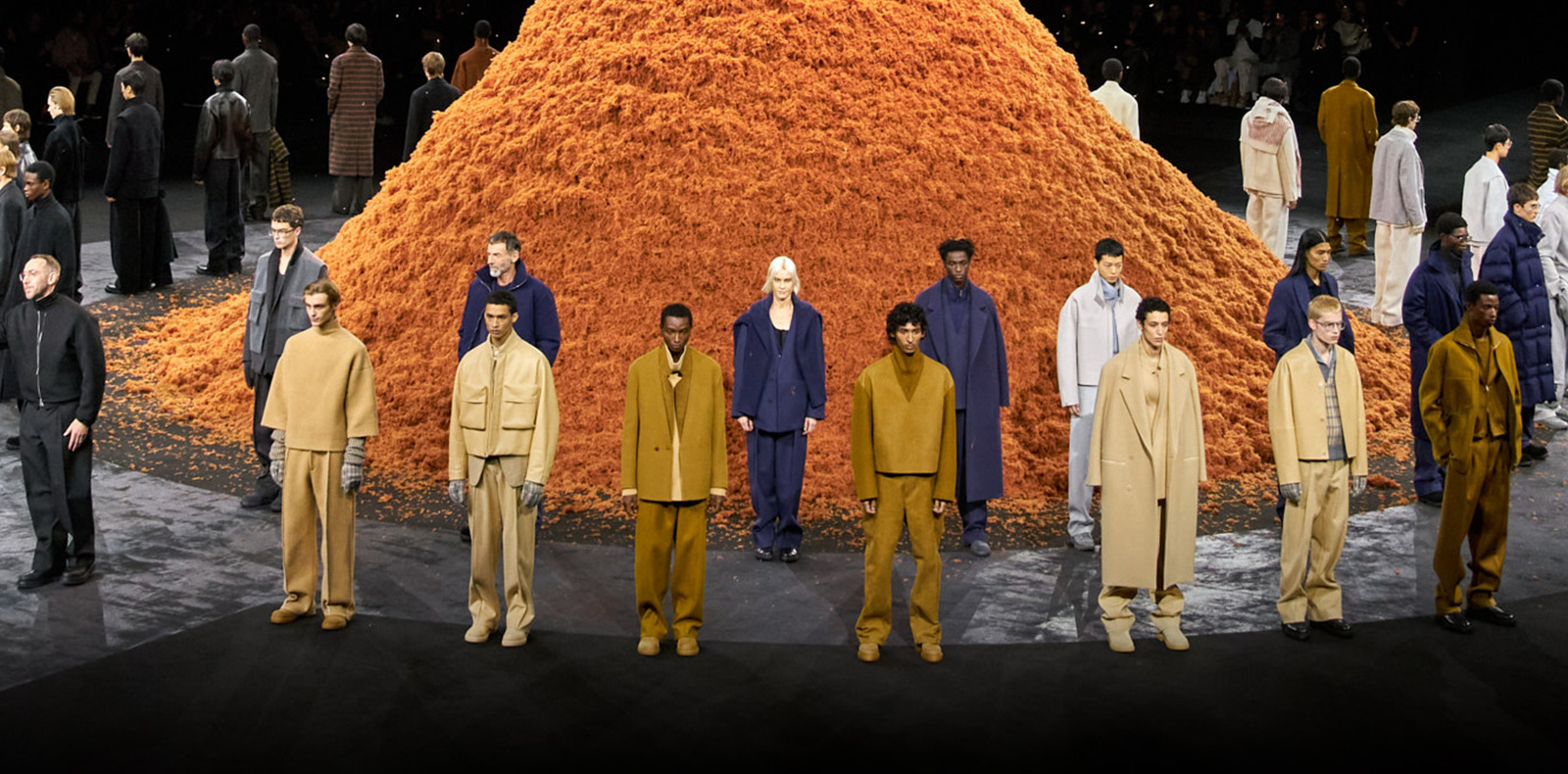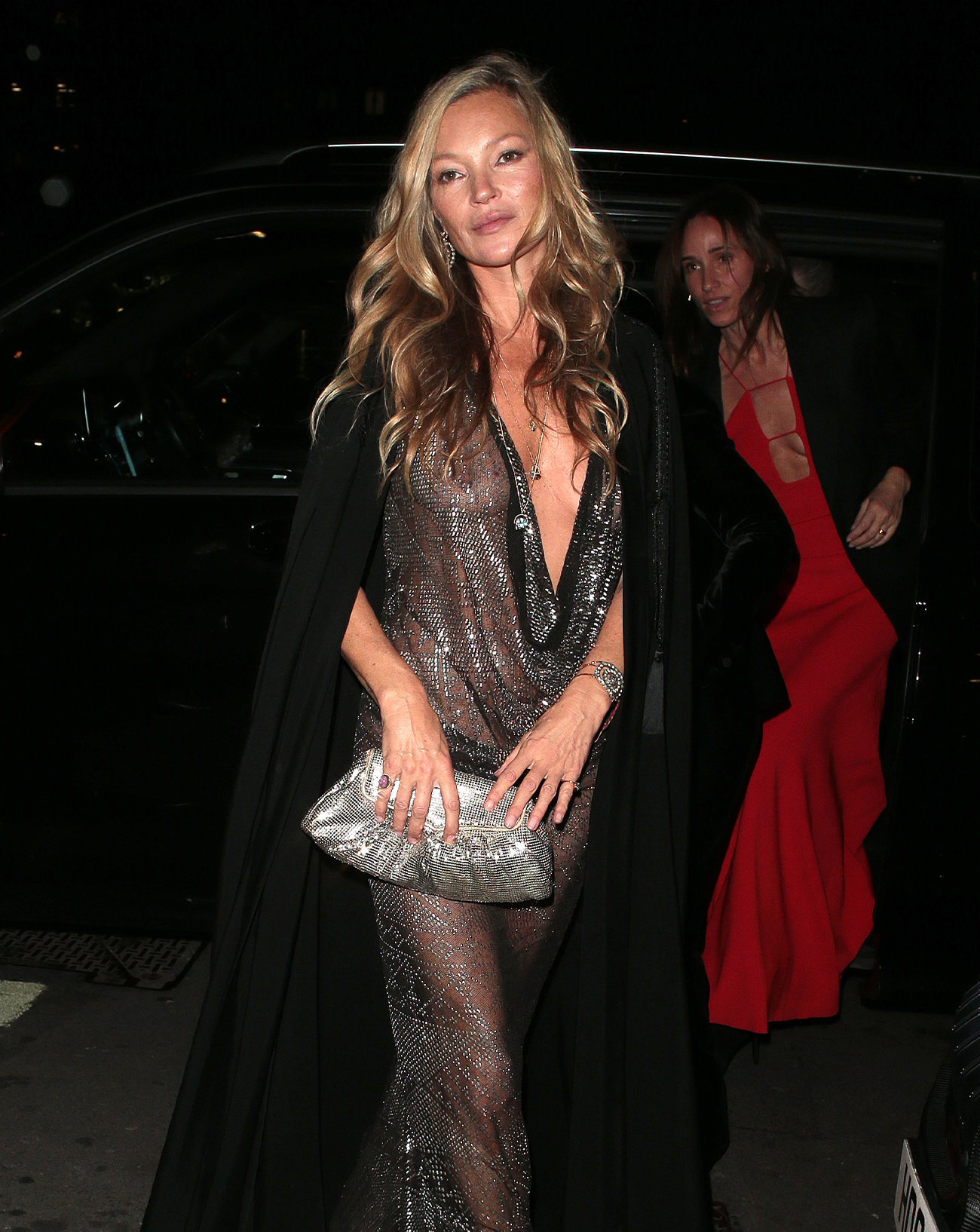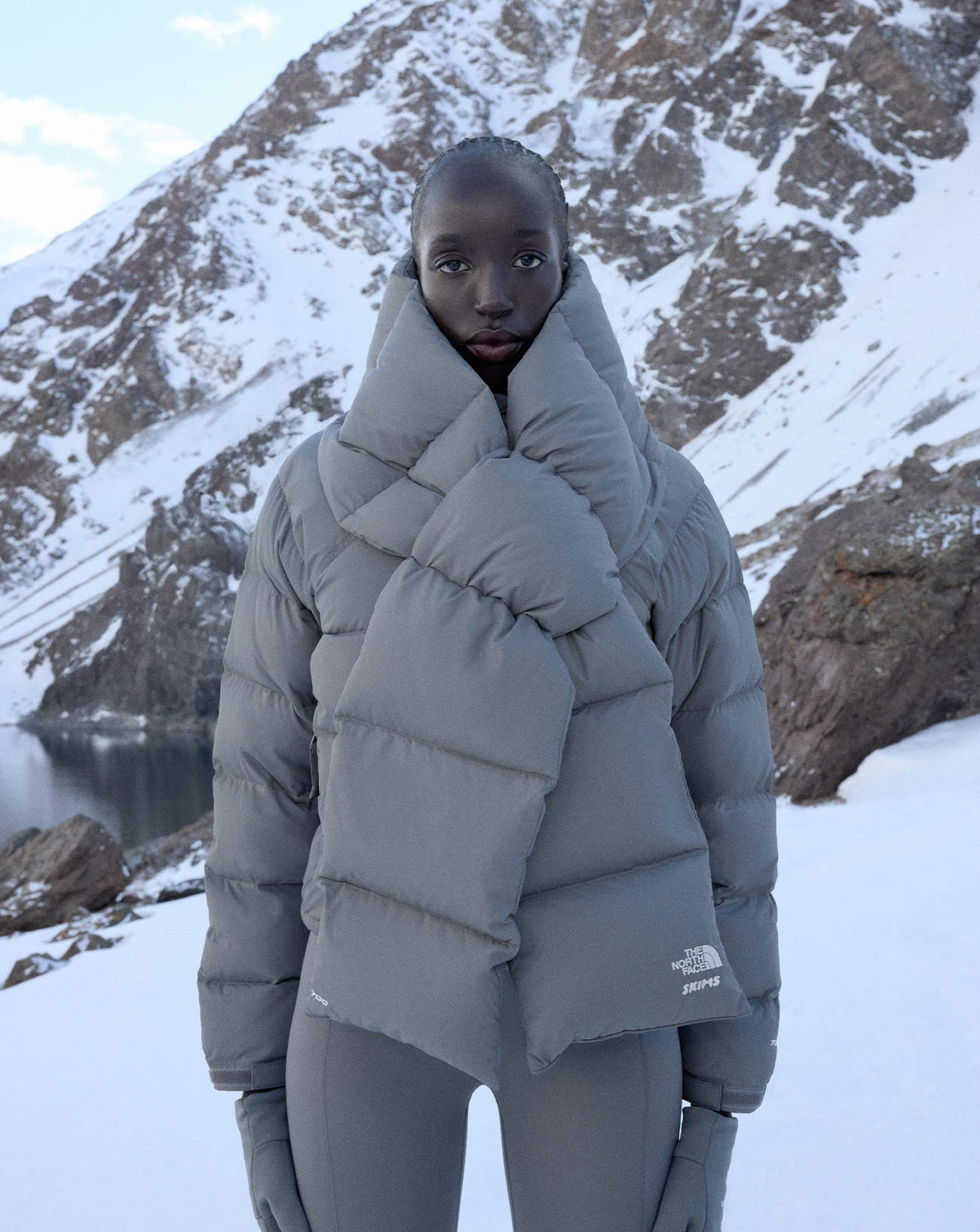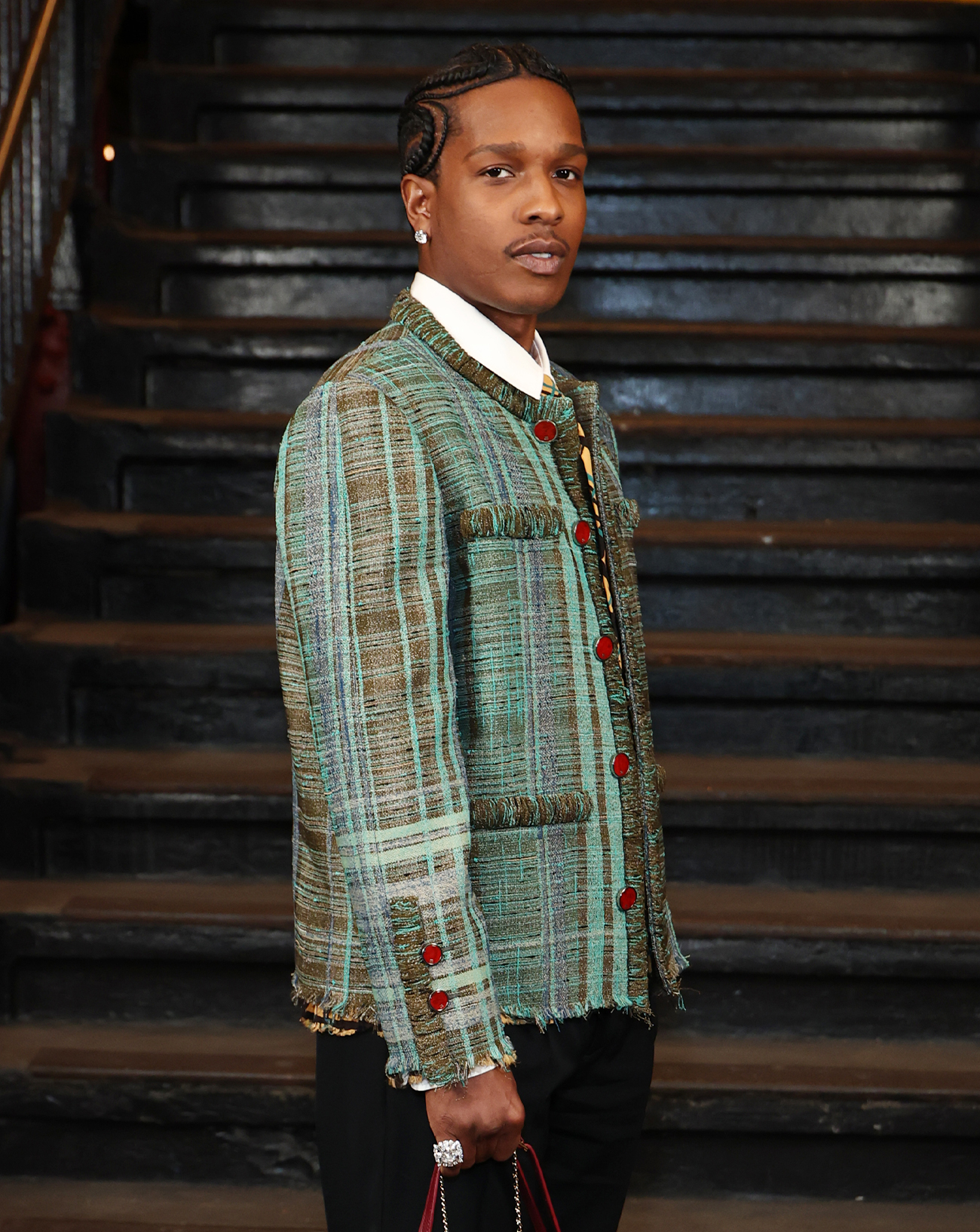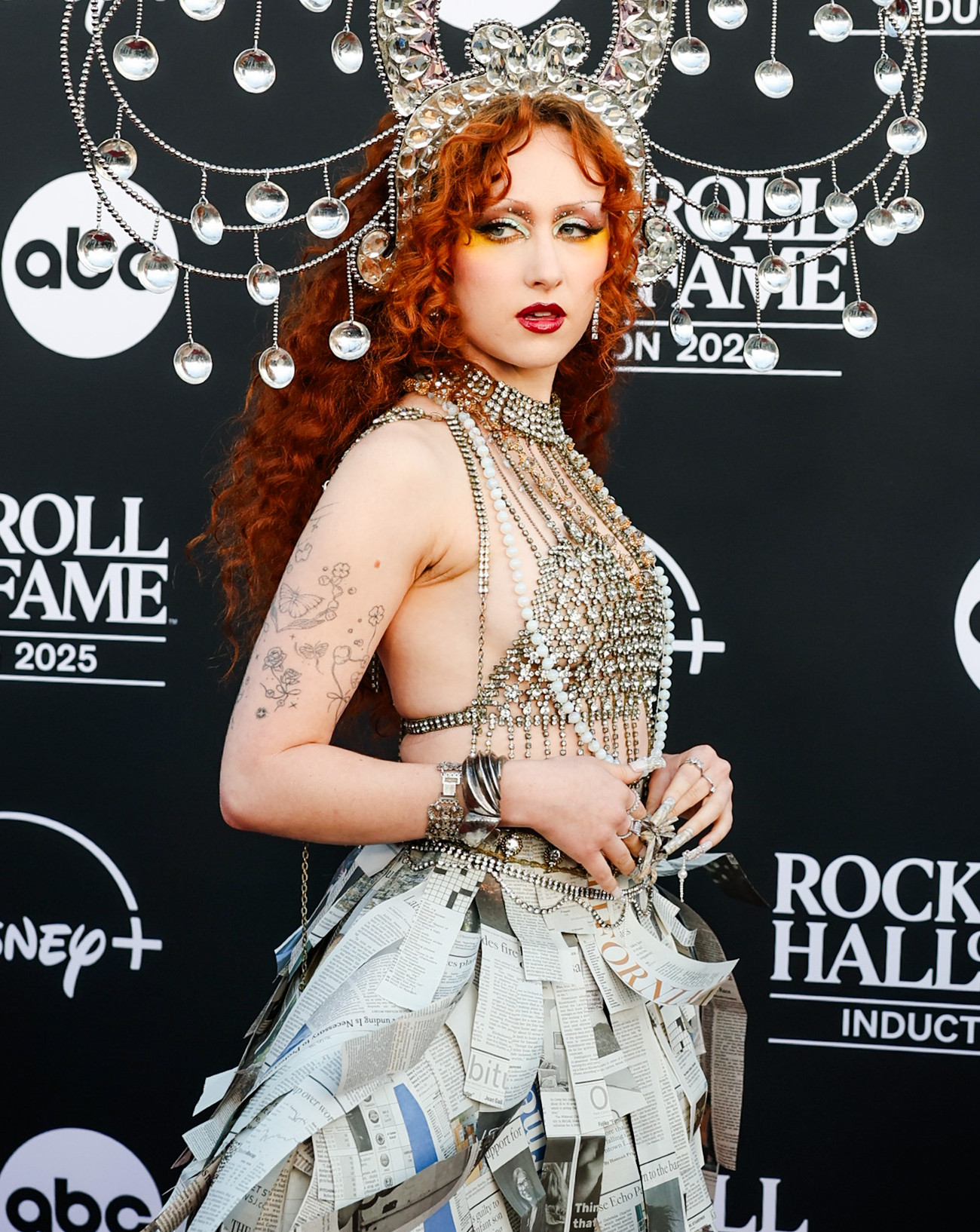
27
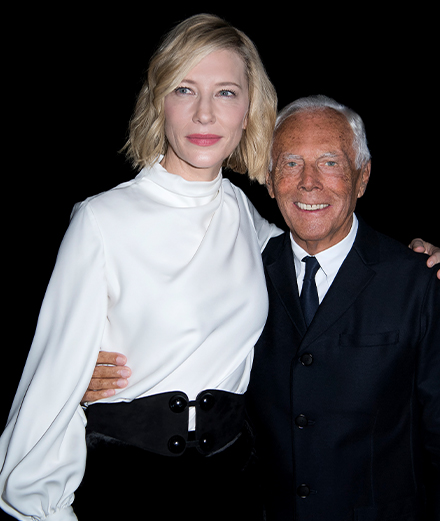
27
Venice Film Festival : an encounter with Giorgio Armani, fashion maestro and film-lover
A lifelong cinephile, Giorgio Armani has worked with many of the seventh art’s greatest talents. A personal friend of some of its most famous actors and directors, among them Isabelle Huppert, Cate Blanchett and Paolo Sorrentino, the celebrated Italian designer also supports young filmmakers through his Armani/Laboratorio programme. For Numéro, he looks back on his close links to the world of cinema, which will be celebrated this September at the Venice Film Festival.
Interview by Delphine Roche.
Published on 27 November 2023. Updated on 20 June 2024.
An encounter with Giorgio Armani, fashion maestro and film-lover
Numéro : What are your earliest movie memories?
Giorgio Armani : When I was a child, we used to go to the cinema on Sundays – it was a moment of joy, fantasy and total escape. The first film I can recall seeing is Alessandro Blasetti’s La corona di ferro [The Iron Crown, 1941]. It’s an incredible story, and I was utterly spellbound by the magic it portrayed and by how it transposed that magic onto the screen. That movie had a powerful impact on my imagination, and I still remember it to this day.
You have often said that the elegance of Hollywood’s golden age was an influence on your work. As a child in the penury of post-war Italy, what was your perception of that perfect image of glamour?
Growing up in Italy during those tough years meant that the glamour you saw on the screen was something special, something unattainable and untainted by the dust and harshness of real life. It was dream-like but also extremely concrete, because you could see it there before your very eyes. Those divas and stars were so elegant and sophisticated, and they lived in a world untouched by destruction and fear. I was riveted by the way each character was portrayed, the way they carried themselves and behaved, and by the way they dressed. All this had a lasting influence on me.
You’ve also mentioned Italian Neorealist cinema as an influence – films such as Vittorio De Sica’s Bicycle Thieves, Luchino Visconti’s Ossessione or Roberto Rossellini’s Rome, Open City, among others. Did you feel that, though poor and struggling, the characters portrayed in these movies were as powerfully elegant as the glamorous heroes of Hollywood?
What immediately struck me about Italian Neorealist cinema was the truthfulness of the characters depicted, on the one hand, and their dignity on the other. The elegance of these characters was worlds apart from the idealization and glamour shown by Hollywood. They had something tangible and true about them with which anyone who grew up in Italy in those years could identify. The lesson I learned from Neorealist cinema was dignity: the importance of dressing with care, even in extreme poverty. That was my experience at home with my parents, and it’s a characteristic I find deeply Italian – doing more with less, being elegant with very little.
When you dressed Richard Gere for American Gigolo, you participated in the creation of a cultural Paolomoment by the way you expressed a new type of masculinity. Did you realize back then what an important role your costume designs would play in the film?
It’s always hindsight that allows us to see certain phenomena for what they were. When I was working with Paul Schrader on Richard Gere’s character in American Gigolo, I wasn’t thinking about making history. Instead, I was excited by the idea of dressing such an audacious character in my clothes, which at the time represented male modernity. Time then revealed the longevity of that modernity, while cinematic narrative ensured it became part of the collective imagination, through an idea of new masculinity.
Since then, you have dressed hundreds of film characters. Martin Scorcese has said that in The Wolf of Wall Street your clothes embody the spirit of the 90s that he was seeking to get across, that they stand as symbols of success for men such as the trader played by Leonardo DiCaprio. Did you discuss the sociological aspect of the costumes with Scorcese?
Working on The Wolf of Wall Street was a way for me to reflect on my influence on a particular moment in history. Making the costumes for Leonardo DiCaprio in a film directed by Martin Scorsese forced me to re-read an aspect of my work in those years that I had perhaps overlooked, namely the extent to which my fashion was also linked to environments that were defined by a certain lack of scruples in terms of power. It was both an amusing and thought-provoking exercise, which showed me once again just how closely fashion is linked to the era and the society in which it exists.
You’ve worked with Scorsese several times. What sort of relationship do you have with him?
Martin and I are bound by a close friendship, a working partnership and great esteem. We met early on and collaborated on the documentary Made in Milan, which was an exploration of my work. I have great regard for him, and I’m fascinated by the way he tells stories through not only characters and environments but also through clothes.
What was it like working with Ridley Scott on Cartel?
Ridley Scott is another of today’s great movie storytellers, one who moves easily between different genres that range from science fiction to crime (Cartel was about the drugs milieu). Working with him was a fascinating experience. The beauty of cinema is seeing how these different personalities construct a story in their own individual way and according to their precise vision.
“À notre époque où le changement de génération est souvent négligé dans de nombreux domaines, j’ai estimé qu’il était primordial d’encourager fortement l’innovation” Giorgio Armani
You have also frequently dressed DiCaprio for the red carpet – for example, he was wearing one of your suits the night he won the Oscar for The Revenant. What relationship do you have with him?
An excellent one! I’ve known Leonardo since he was very young, and he has now become a man of great wit and charm. Working with him always feels very natural because he has a clear understanding of how the body relates to clothes, which for me is a fundamental part of knowing how to dress.
Nicole Kidman is another star you’ve often dressed, for example in 2022 for her return to the Oscars ceremony after several years’ absence. What does she represent for you?
To me, Nicole Kidman represents a blend of grace, elegance, and determination. She has a great character but an almost angelic appearance, and this truly fascinates me. She projects a magnetic aura onto her audience.
And what do you like about Cate Blanchett, the current face of Armani, whose elegance recalls the golden age of Hollywood?
Cate Blanchett is an almost lunar creature. She is otherworldly but also extremely concrete and earthly, and her charm and ability to look stunning no matter what she wears stem from that space in between the two. Her brand of glamour transcends the limits of time.
Over the years, what have you learned from actors about the way costume can help them build their characters?
Every actor I have had the opportunity to work with has confirmed the importance of costume in defining a character. On this, we are all in agreement. I would add that clothes also help to define our character for ordinary people in everyday life. What you wear is a way of communicating with other people – whether it ends up on screen or in the street makes little difference.
For A Most Violent Year, rather than creating new costumes, the director JC Chandor and the costume designer Kasia Walicka-Maimone decided to use vintage pieces from your archive in order to evoke the spirit of the 80s and 90s with max- imum accuracy. Were you surprised by that choice?
I was surprised but mostly flattered by their choice, because the idea of using vintage clothes from my archive meant recreating the exact atmosphere of those years without any adaptations or re-readings.
“La Mostra de Venise représente un des moments forts de la géographie et du calendrier annuel du cinéma.” Giorgio Armani
You have launched a cinema masterclass in the form of the Armani/ Laboratorio programme. Why is it important for you to help a new generation of filmmakers?
Unfortunately we live in an era in which generational change is neglected in many areas. At a time like this, I feel it important to send a strong signal for innovation and improvement, and that applies to the world of cinema too.
Unlike in other film schools, hair-dressing and make-up are included in the programme. How much for you are the beauty, charisma and aura of a movie star part of the medium’s appeal?
Beauty and appearance are essential parts of cinematic appeal, not to mention that a film is composed of different intersecting levels and skills, so make-up and hair are essential. There was no question of their not being part of Armani/ Laboratorio, which I want to be a place for experimentation in which new generations can tackle all the different aspects of filmmaking.
The first short film made by the students on the Armani/Laboratorio programme was Una Giacca [A Jacket]. What is it about?
Una Giacca is set between the past and the present, jumping between memories and current events. The jacket is both an element of clothing and the narrative key to the story, but there is nothing literal about it.
At your exhibition space Armani/ Silos, you regularly programme a selection of movies, in the manner of a film club. How do you go about choosing them?
All Armani/Silos exhibitions are accompanied by a short but significant selection of films that I believe are relevant to the theme of the exhibition in question. I always like to provide additional reading to complement each exhibition, and even more so through the engaging art of cinema and films that may be less well- known to the general public.
Which actors, directors and producers do you consider personal friends?
As well as Martin Scorcese and Leonardo DiCaprio, George Clooney and Samuel L. Jackson are good friends, as are Claudia Cardinale, Michelle Pfeiffer, Cate Blanchett and Sophia Loren.
Have you ever been tempted to make a movie yourself?
I’m often tempted by the idea of making a film, but the truth is that I make films several times a year with my shows, which are how I tell my fashion stories and which involve the same level of commitment. I think everyone should do what they know how to do. In my case it’s fashion and everything connected to it, such as accessories, jewellery, perfume and make-up. It’s an entire lifestyle that even extends to furniture.
Being a true cinephile, how do you feel about the event that will be held during the Venice Film Festival this September to mark your involvement with the movie industry over the years?
The Venice Film Festival is one of the most important events on the cinematic calendar. Being there means reaffirming how important cinema is to my imagination and how much it heightens my creativity.






